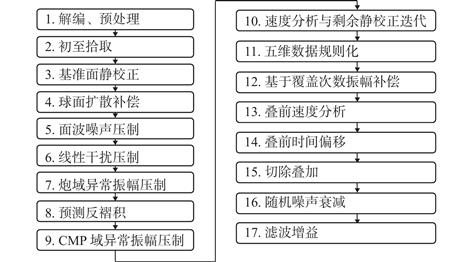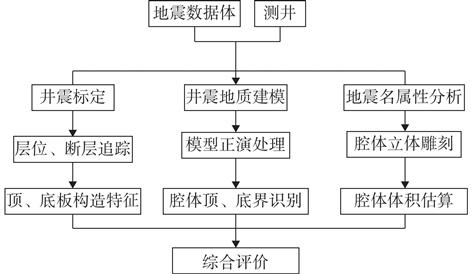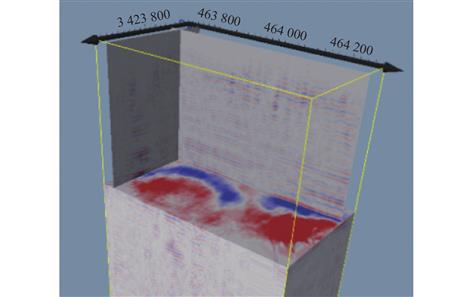| 压缩空气储能地下盐穴物探关键问题及处理技术 |
| |
| 引用本文: | 万明忠, 纪文栋, 商浩亮, 姚院峰, 宗育泉. 压缩空气储能地下盐穴物探关键问题及处理技术[J]. 南方能源建设, 2023, 10(2): 26-31. doi: 10.16516/j.gedi.issn2095-8676.2023.02.004 |
| |
| 作者姓名: | 万明忠 纪文栋 商浩亮 姚院峰 宗育泉 |
| |
| 作者单位: | 1.中能建数字科技集团有限公司, 北京 100022;;2.中国电力工程顾问集团中南电力设计院有限公司, 湖北 武汉 430071 |
| |
| 基金项目: | 中国能源建设股份有限公司重大科技专项“300 MW级压缩空气储能电站关键技术和装备研究”(CEEC-KJZX-04) |
| |
| 摘 要: | 
目的 湖北省应城市的世界首个300 MW级压缩空气储能电站是利用应城地下密封性好、容量空间大的已有盐穴作为储气库的。地下盐穴容积、形态和深度等参数条件对压缩空气储能电站的建设可行性起决定性作用。 方法 通过应城压缩空气储能电站项目实践,分析总结了高精度三维地震物探方法在探测深部盐穴形态时面临的诸多关键问题和处理技术。 结果 在探明地下已有盐穴赋存特征时,三维地震物探观测系统设计应满足高分辨率的需求,CDP网格应满足不低于5 m×5 m的精度,确保目标区覆盖次数大于30次。盐穴三维地震数据处理采用静校正处理技术、叠前去噪技术来提高数据质量。
针对不同的激发接收条件采用一致性处理技术,并构建准确的速度场,实现准确深度归位。道积分属性、反射强度属性、甜点属性等在识别盐穴腔体空间展布上有明显优势,边缘检测属性对于腔体边缘刻画及连通性具有较强的指示。 结论 通过物探过程中数据处理及资料解释关键技术研究,清晰地探测了盐穴容积、形态、深度等参数,为盐穴工程的开展提供详实可靠的数据支撑。研究盐穴三维地震物探中的关键问题及处理技术,可为地下盐穴型大规模压缩空气储能建设提供参考。

|
| 关 键 词: | 压缩空气储能 盐穴 盐穴勘测 盐穴评估 三维地震物探 |
| 收稿时间: | 2022-12-29 |
| 修稿时间: | 2023-02-15 |
|
| 点击此处可从《南方能源建设》浏览原始摘要信息 |
|
点击此处可从《南方能源建设》下载全文 |
|



